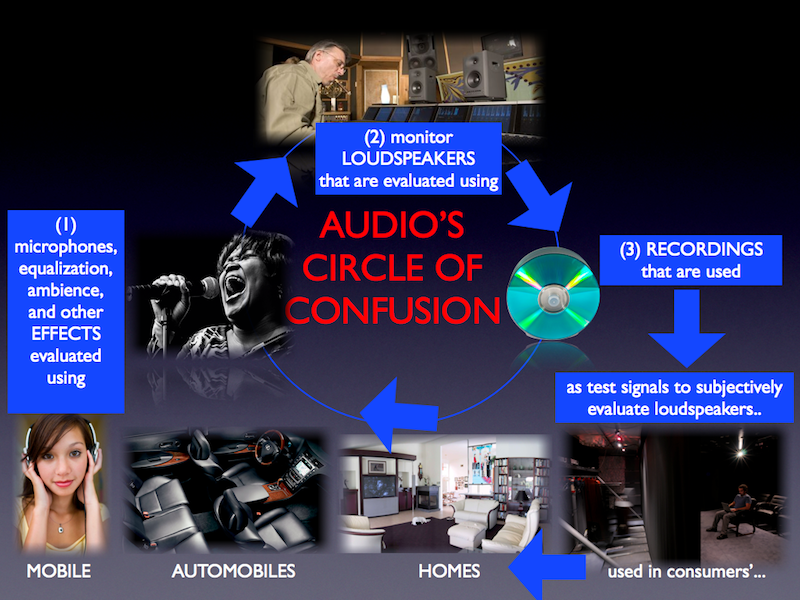There seems to be a downward spiral that leads us to nowhere here. I've read and watched tons of reviews and articles, yet there seems to be no conclusion. Some people say that the Etymotic target is flat, some say that the Harman target is flat, some say that the IEF Neutral target is flat, some even say that the Harman target is purely a preference-based target curve (which isn't true, even Dr. Sean Olive stated this himself).
We all know different people hear things differently, but according to what I've learned, these differences aren't so drastic and unpredictable. They're a matter of some people having more or less of an already known frequency deviation, as of the example of high frequency hearing loss, thus leaving us to the conclusion that yes, it's possible to average human hearing.
Is there a real flat target curve or at least one that most closely represents real flatness? There are at least three target curves as cited above that claim to be flat. Which one is the real one? Would one be right for headphones but not right for in-ear monitors and that's why people misunderstand this subject?
We all know different people hear things differently, but according to what I've learned, these differences aren't so drastic and unpredictable. They're a matter of some people having more or less of an already known frequency deviation, as of the example of high frequency hearing loss, thus leaving us to the conclusion that yes, it's possible to average human hearing.
Is there a real flat target curve or at least one that most closely represents real flatness? There are at least three target curves as cited above that claim to be flat. Which one is the real one? Would one be right for headphones but not right for in-ear monitors and that's why people misunderstand this subject?



